In the world of logistics, automation is taking center stage to streamline operations and improve efficiency. One critical element in advancing robotics in logistics is the use of welding positioners. These powerful devices not only enhance the efficiency of welding processes but also serve as key tools in logistics and supply chain automation, transforming traditional workflows. Let’s explore how welding positioners contribute to boosting robotics in logistics and why they are vital for modern-day operations.
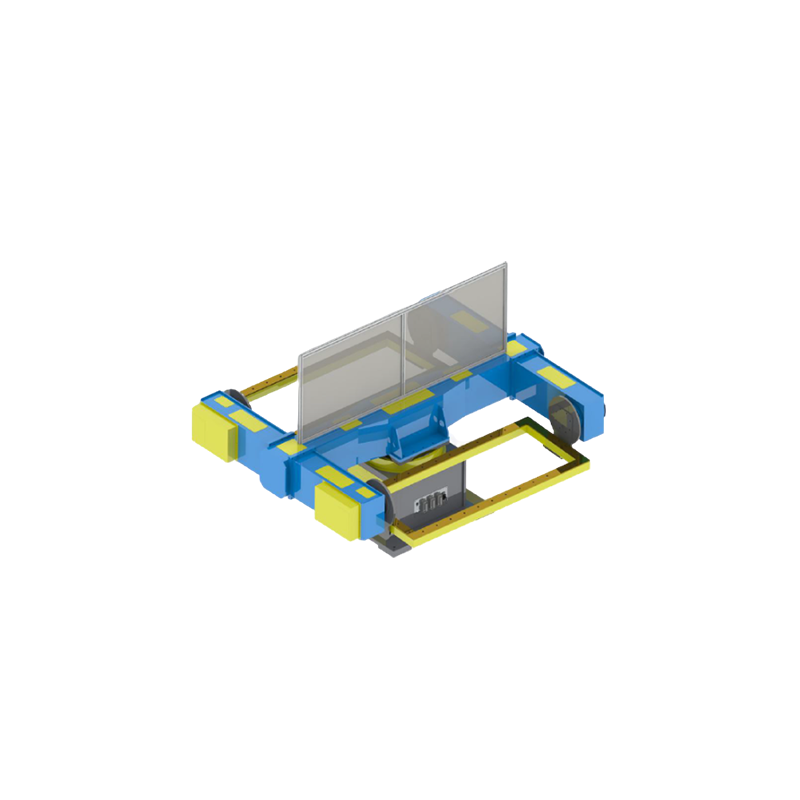
The Role of Welding positioners in Logistics Robotics
Welding positioners are devices designed to hold, rotate, and position workpieces for optimal welding, allowing for better accessibility and accuracy. But their role goes beyond just welding. In the context of robotics in logistics, welding positioners ensure that workpieces are positioned correctly, reducing the need for manual handling. This enhances the integration of robotic systems, allowing for seamless and automated workflows. By doing so, positioners minimize human errors and boost the reliability of automated logistics operations.
Optimizing Workflows with Welding positioners
One of the primary advantages of using welding positioners in robotics in logistics is their ability to optimize workflows. Positioners ensure that workpieces are easily accessible by robotic arms or welding systems, making the process faster and more accurate. This efficient handling of components means fewer interruptions and increased productivity. As industries strive to make their logistics operations smarter, the integration of welding positioners becomes essential to maintaining consistent, high-quality outcomes while managing complex logistics chains.
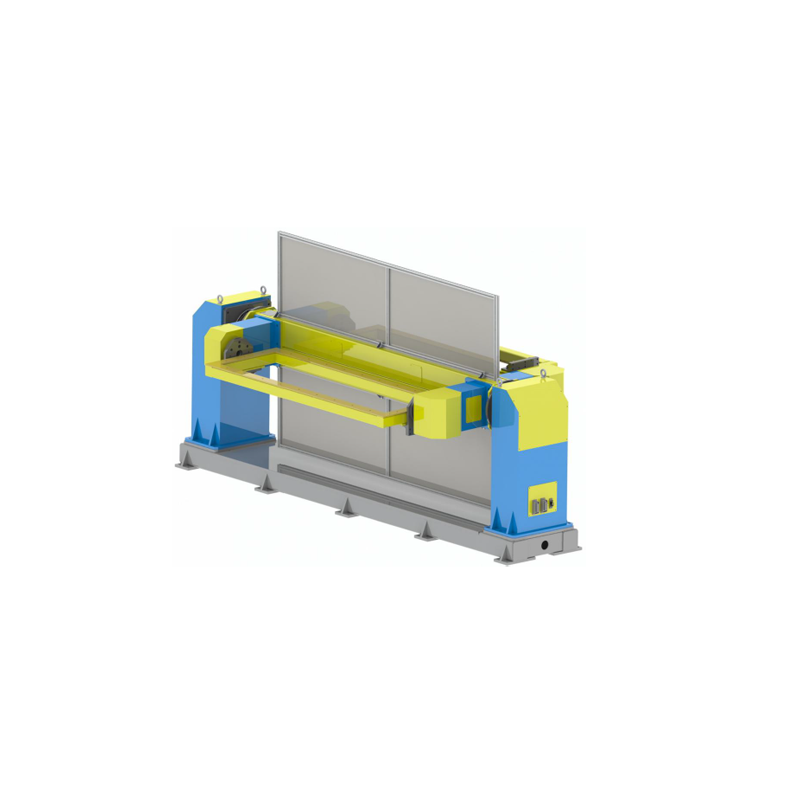
Enhancing Robotic Versatility in Logistics Operations
Robotics in logistics is all about versatility and the ability to adapt to changing requirements. Welding positioners provide this flexibility by allowing robots to access different areas of the workpiece without requiring complex reconfiguration. Whether it’s automated welding, assembly, or material handling, positioners play a crucial role in enhancing the versatility of robotic systems. This increased adaptability is invaluable in logistics operations where different products and components need to be handled efficiently, often requiring precise, controlled movement.
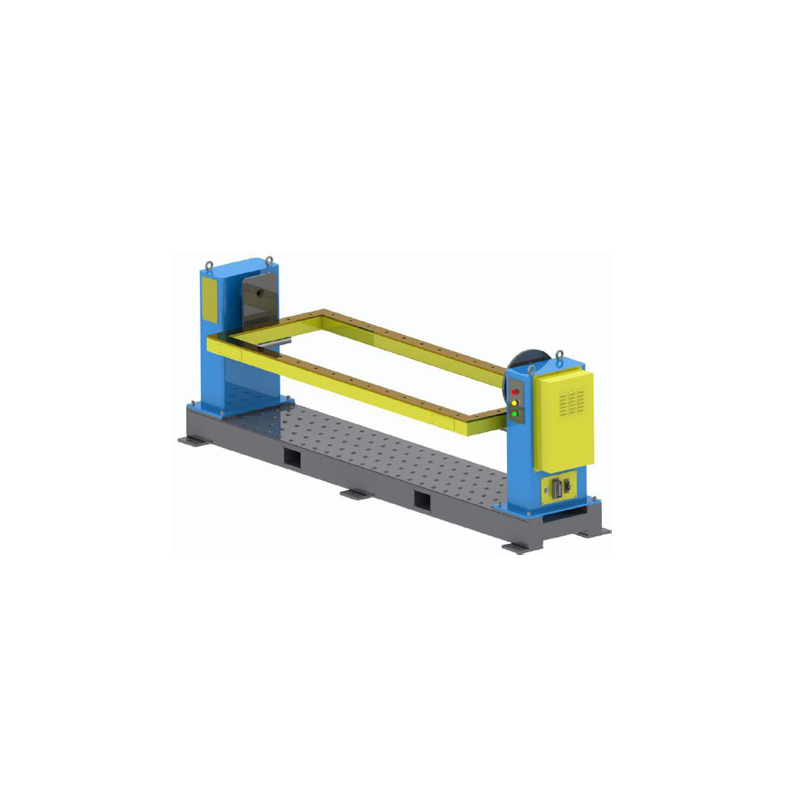
Improving Safety and Reducing Costs with Automation
In addition to optimizing workflow and increasing versatility, welding positioners contribute to improved safety in logistics automation. By securely holding and rotating workpieces, positioners reduce the need for manual intervention, minimizing the risk of accidents and injuries. This is particularly important in robotics in logistics, where heavy components are often involved. Moreover, by automating these processes, companies can reduce labor costs and increase production rates, leading to a more cost-effective and profitable logistics operation.
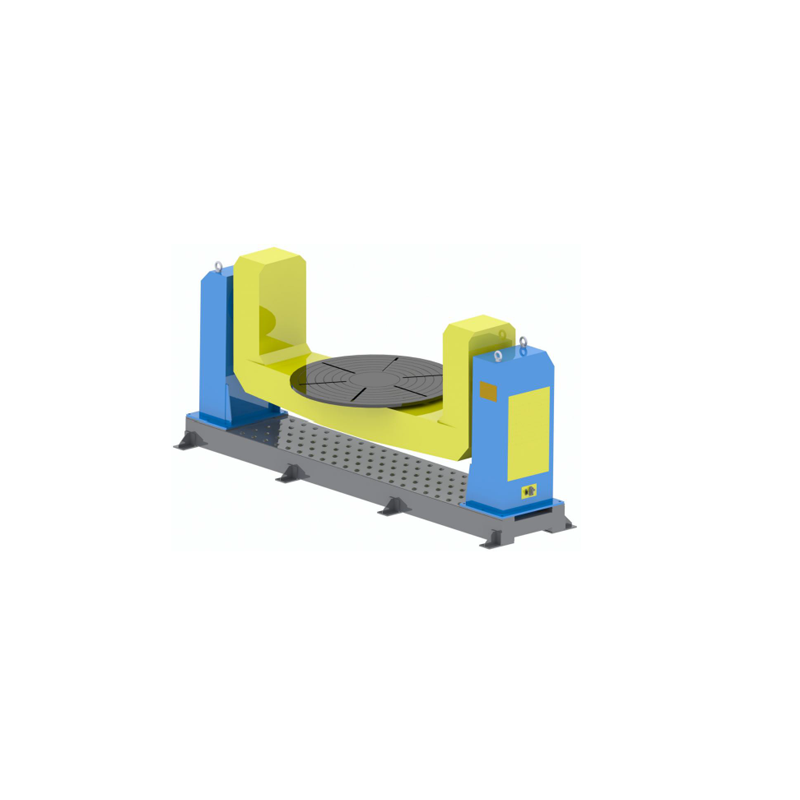
Real-Life Applications of Welding positioners in Logistics
The use of welding positioners in robotics in logistics has become increasingly common in industries like automotive, aerospace, and construction. In these sectors, positioners allow robots to execute precise welding and material handling tasks, ensuring consistent product quality. They also enhance the ability to work on different components without the need for manual repositioning, which is crucial for maintaining efficiency in logistics. The seamless integration of welding positioners in robotic systems has led to a significant boost in productivity, precision, and the ability to meet ever-changing demands.
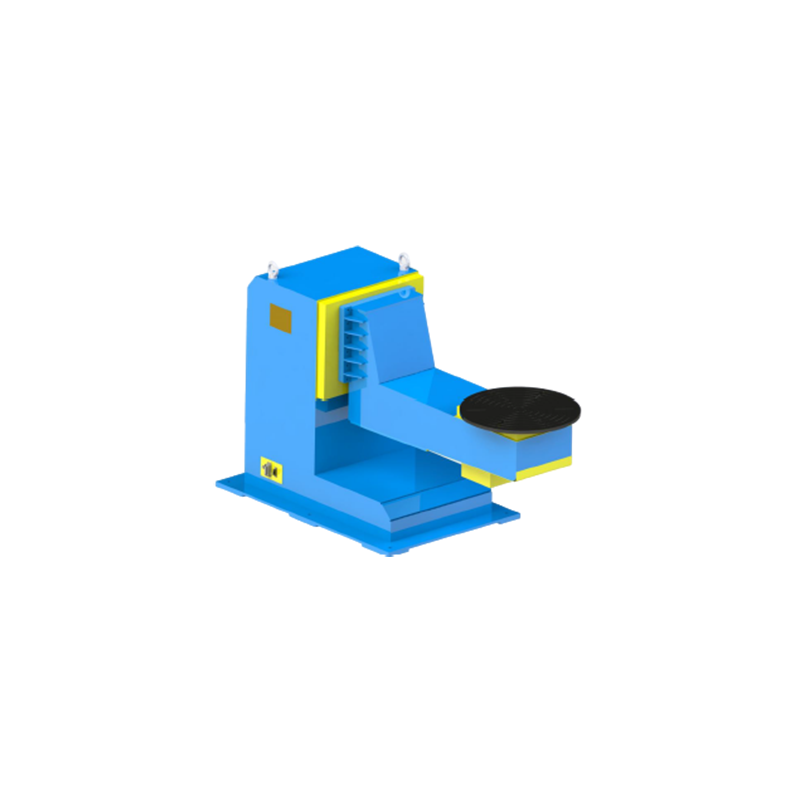
Welding positioners: A Key to the Future of Smart Logistics
As logistics operations continue to evolve, the need for smart automation tools becomes more apparent. Welding positioners have proven themselves to be essential assets in robotics in logistics, providing the stability, precision, and efficiency needed to maintain a competitive edge. By allowing robotic systems to perform their tasks with minimal human intervention, positioners are transforming traditional logistics into a more automated and effective process. Investing in welding positioners is a strategic move that helps businesses remain agile, efficient, and ready to meet the challenges of tomorrow’s logistics landscape.
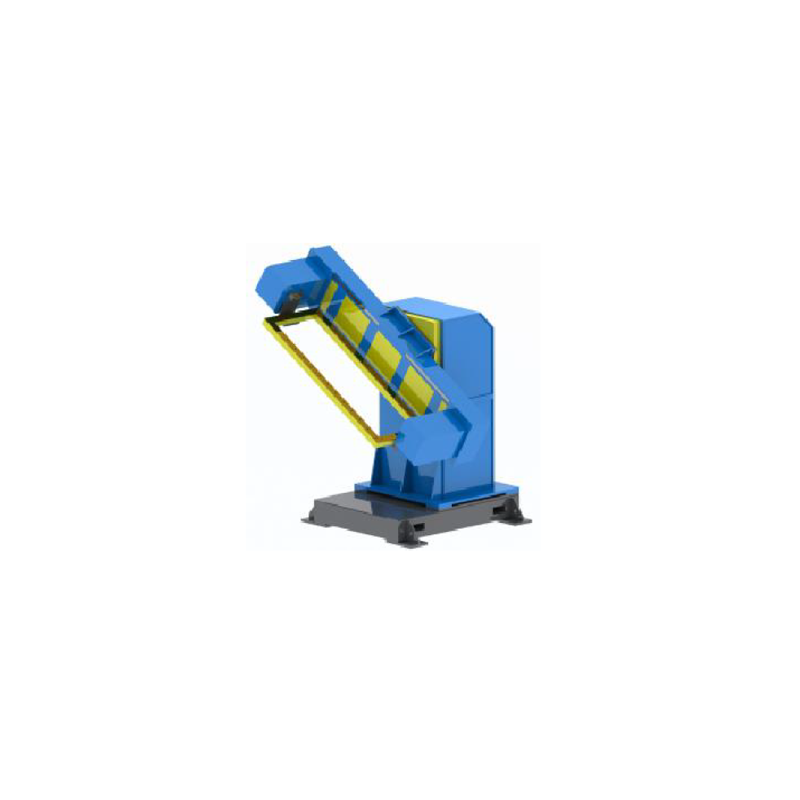
Conclusion
In conclusion, welding positioners are playing a vital role in enhancing robotics in logistics. By providing accurate positioning, improving safety, and optimizing workflows, these devices are helping industries move toward smarter, more automated logistics processes. Whether for welding, assembly, or material handling, welding positioners contribute significantly to increasing the capabilities of robotic systems in logistics, ultimately leading to more efficient and cost-effective operations. As the logistics industry continues to evolve, welding positioners will remain a critical element in achieving seamless automation and boosting productivity.
